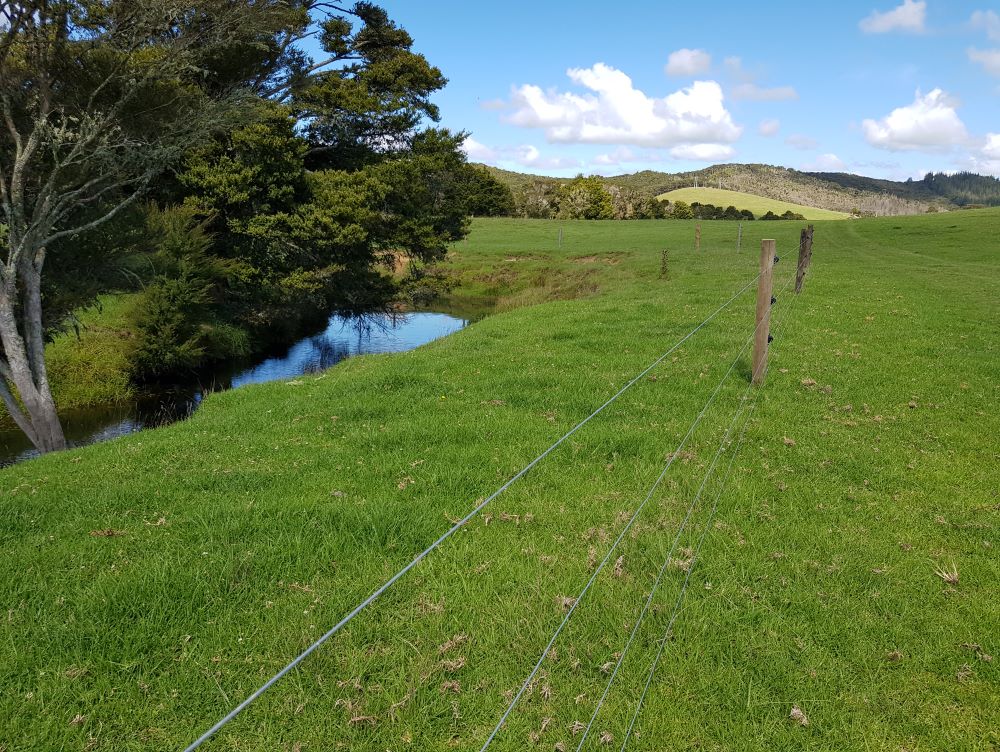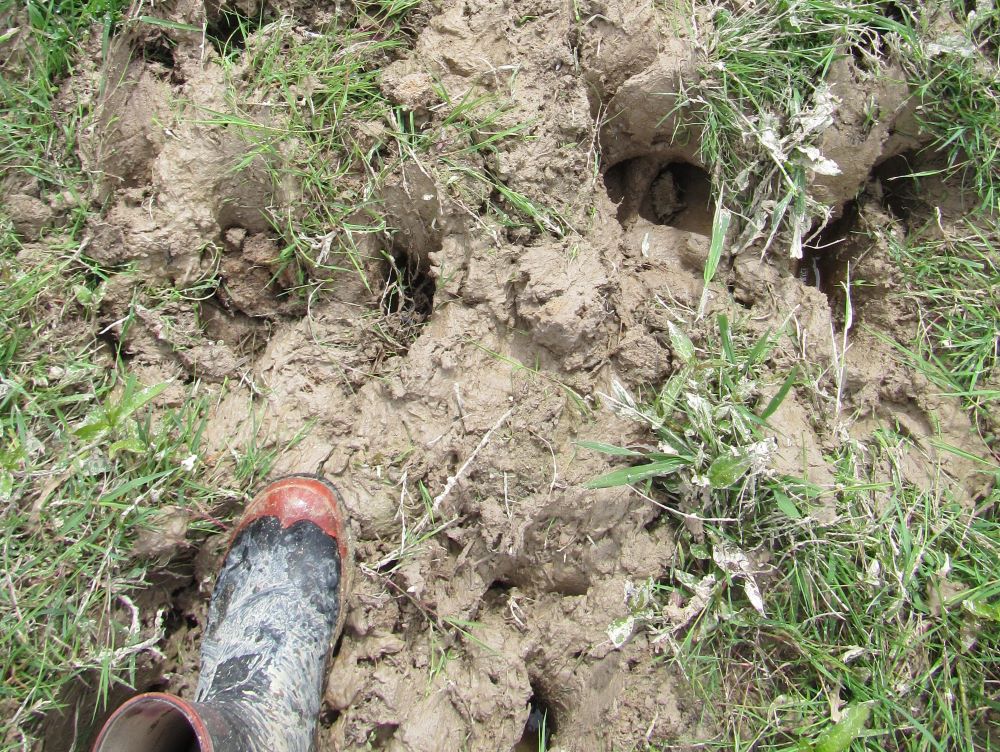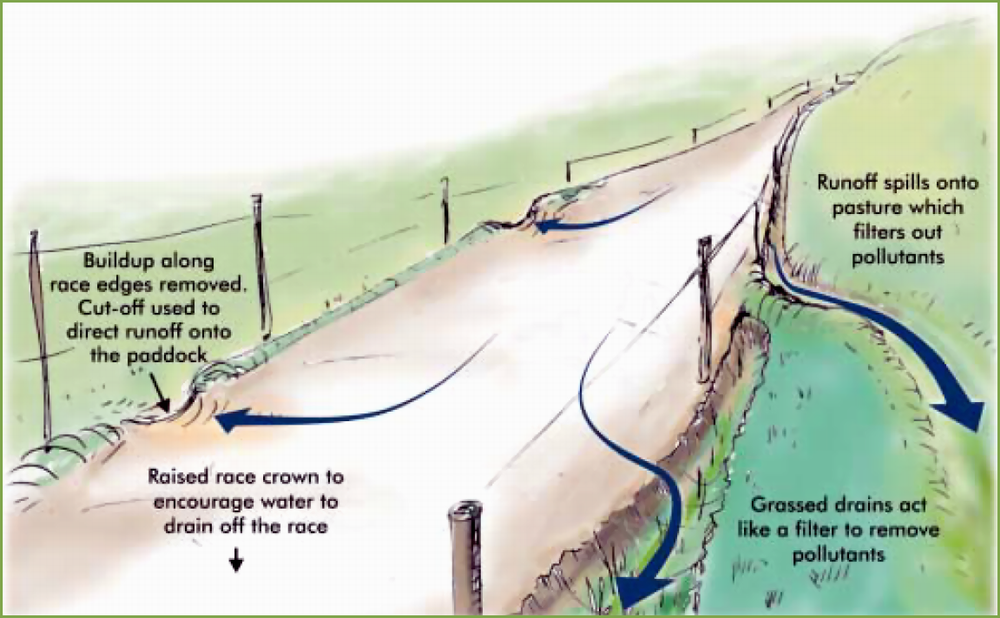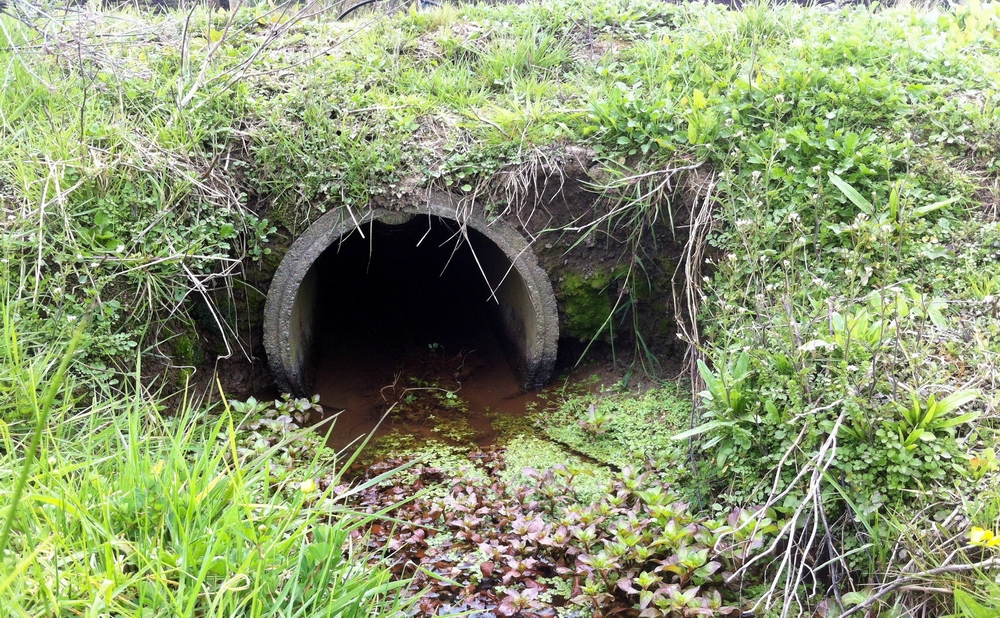Land management
Water quality and conserving our fragile soils are two of Northland’s biggest environmental issues – and they are strongly linked.
Why should we do it?
Lifestyle-block owners can help to improve Northland’s freshwater quality and preserve our precious soils, just as commercial farmers can.
You can find out about the soil types on your property, how to manage erosion and more in the soils section of our website.
Properties under 20ha may be eligible for grants from our Environment Fund if there is a dune lake or Top 150-ranked wetland on the property that needs fencing for stock exclusion. In some cases, there may be limited funding available from specific projects that target issues such as erosion control and land-use change. See Grants for funding on erosion-prone land.
A guide to good land management
Regional plan rules
The Regional Plan for Northland has rules that cover various activities commonly undertaken on rural and pastoral land. The rules focus on activities that are most likely to have negative effects on the environment. We recommend you check out this list of relevant rules before starting work on your property.
You can find more information about the rules in our Farmers' Hub.
If what you’re thinking about doing on your property isn’t covered by these rules, check the plan directly or contact us on 0800 002 004.
Livestock and water management
Northland’s biggest freshwater quality issues are related to sediment (e.g. from streambank erosion) and bacteria (e.g. from animal dung). There are a few ways you can control this on your property.
- Most importantly, fence livestock away from waterways, which directly stops sediment and bacteria contaminating the water. Government regulations for stock exclusion, introduced in September 2020, mean cattle, deer and pigs must be excluded from rivers and streams on low land – fences should be at least three metres from the top edge of the stream bank. Wetlands larger than 500m2 also need to be protected from stock. Read the government’s rules and deadlines that apply different types of livestock at: www.legislation.govt.nz
- The buffer strip between a fence and a waterway (called a fenced/riparian margin) can be planted or left as grass, but be prepared to manage weeds in these areas. Fenced streams and wet areas make it easier to subdivide paddocks and improve pasture and stock management. Make your margins as wide as possible, to increase their ability to filter rainwater runoff and provide room for plants to grow.
- Provide clean water in troughs. This improves animal health by increasing the quantity animals will drink (which also improves their production) and reducing their access to water-borne diseases (e.g. liver fluke, leptospirosis and giardia). Shade water supplies to reduce the water temperature and likelihood of algae growing.
- Provide and/or maintain trees so stock can seek shade and shelter. It’s better for the animals’ welfare and the meat, milk and wool they produce when they are not exposed to heat stress. Stock generally prefer natural shade from trees, rather than artificial shade. Ruminants (such as cattle, sheep and goats) can start to experience heat stress from about 24oC, or 22oC when humidity is high. Dark-coloured, larger cattle are affected more easily.
- Planning to plant trees? Deciduous trees, such as poplars and non-weedy willow varieties, act as shade and fodder in summer, and allow sunlight onto pasture in winter. Think about how many trees you require for shade and where best to plant them. Where possible, plant shade trees away from waterways, so any bare soil or effluent from stock standing underneath is not washed into the waterway when it rains.
Soil and pasture management
Managing pasture on small blocks can be very difficult at different times of the year. You may find you have either far too much grass or not enough. On small properties, consider working with your neighbours to share grazing land, or costs for contractors to mow paddocks. Having a smaller number of animals (sheep or cattle) will help maintain good pasture cover and potentially reduce the cost of buying in extra feed.
Surface erosion can displace a lot of topsoil into our waterways and create dangerous walking conditions for stock and humans. Pasture pugging is when wet soil is churned up and then compacted by heavy livestock, with deep hoof holes left when the soil dries out. It’s one of the most damaging things that can happen to soil, and can have long-term effects on soil structure and pasture regrowth.
Maintain good pasture cover as much as possible, by:
- decreasing the number of livestock you keep
- not moving large, heavy livestock in wet conditions
- increasing rotation length (how often you move animals from one paddock to the next)
- constructing standoff areas.
Trees are very effective at keeping soil in the paddock where it belongs, rather than being washed away downstream.
Poplars and willows are ideal for helping control soil erosion, as they have extensive root systems, grow quickly and can be easily grown from poles. They do require maintenance, though. If you’re planting in paddocks where cattle or horses will be grazing, the trees should be fenced off for the first few years until they are established. If you’re using them in sheep paddocks, a plastic sleeve should be enough to protect the stem.
Managing sediment
Sediment contamination is one of Northland’s biggest freshwater issues. As well as clouding water and smothering aquatic plants, sediment particles usually have phosphorous and bacteria bound to them.
Sediment in our waterways doesn’t just come from obvious, large-scale erosion. In rural areas, sediment can enter the water through several ways, such as rain running over bare soil and pugged pasture. There are several ways to manage this:
- Create buffer zones of grass and vegetation along the water’s edge. This helps reduce and slow the rate that contaminants enter the water. If planting in the riparian margins between you’ll need to leave at least one metre between your plants and the fence to allow for growth.
- Wetlands are highly efficient natural filters and important habitats for our native species. Create or take care of existing wetlands and native vegetation, as they also help to trap sediment. When fenced off, these areas act as an effective filter, and reduce the possibility of animals or vehicles getting stuck.

Buffer zones along the water’s edge help slow runoff and reduce the amount of contaminants entering the water.

Keeping smaller, lighter livestock in wet winter conditions will help reduce pasture pugging.
Track development and maintenance
Having good tracks in appropriate places makes moving people, machinery and livestock around your property much easier and safer. When you’re creating tracks, remember:
- Paying for an experienced contractor to do the work well is likely to save you time, money and stress in the long run.
- Cutting tracks across a slope, instead of going straight up and down a hill, can destabilise slopes on erosion-prone land. Watch for signs of earth movement above and below your track. Planting deep-rooted trees such as poplars along the base of the slope can help stabilise the rest of the slope. However, tracks going straight up and down the slope can also act is direct funnels for heavy rain water, resulting in potentially severe track damage from scouring and sediment runoff.
- Make the track surface slightly convex (curved, and higher in the middle); it helps divert water into drains on either side of the track. Consider reinforcing the drain on the track’s higher side with rocks to reduce water speed and scouring.
- Create speed bumps to stop water scouring out the track, and cutoffs to direct the runoff onto adjacent paddocks. There, the grass helps to slow the water down, so it can be absorbed into the soil or deposit sediment before reaching streams or drains.
- Keep maintaining the track: fill potholes before they get too big, and make sure cut-off points are clear so water can move onto pasture.
- Read more about low-impact farm tracks and races on our website.
Culverts
If your track needs to go across a stream, drain or wet area, you'll need to create some form of crossing. Culverts are the cheapest and generally easiest form of crossing. Make sure the pipe is large enough for the expected flow through it, including in normal flood conditions.
Also remember that it needs to be bedded into the stream bed so there’s no drop-off at the downstream end. A hanging culvert prevents native fish from migrating upstream, and often scours the stream bed where water lands.
You must notify council before any new culverts are installed, as there are conditions that must be fulfilled. Our website has more information about good practice around culverts and new rules (especially rule C.2.1.8 (3) in the Regional Plan.

Example of a low-impact farm track. (Image: Waikato Regional Council)

A well-designed culvert allows fish to move through as part of their lifecycle, and reduces stream-bed scouring.
Fencing flood-prone areas
- Factor into your fence design some ‘blow-out’ areas of wire that take the strain off the rest of the fence during a flood.
- Put the wires on the downstream side of the posts so the staples pop out rather than break the wire. Use un-barbed staples so they pop out more easily.
- Use the minimum number of wires to contain your stock. Keep the bottom wire as high as possible to reduce flood damage and consider setting your posts deeper into the ground.
- Think about putting your fence further out from the stream than the required three metres, especially on erosion-prone outside bends.
Managing fertiliser, irrigation and chemical use
- Get your soils tested to ensure you’re applying fertiliser only when it’s needed. Make sure any fertiliser application is targeted and land based, and doesn’t end up in our waterways.
- When using herbicides, ensure you follow manufacturers’ instructions. Only use herbicides that are appropriately registered if you’re spraying over water.
- Limit potential spray drift and spraying directly onto bare earth by spot spraying rather than broad or aerial spraying.
- Remember to dispose of empty chemical containers according to council’s hazardous waste rules or Agrecovery guidelines for free recycling: www.agrecovery.co.nz/containers
Weed and pest management
Weeds and pests grow very well in Northland and need active management. There’s lots of advice in the weed and pest control section of our website.
